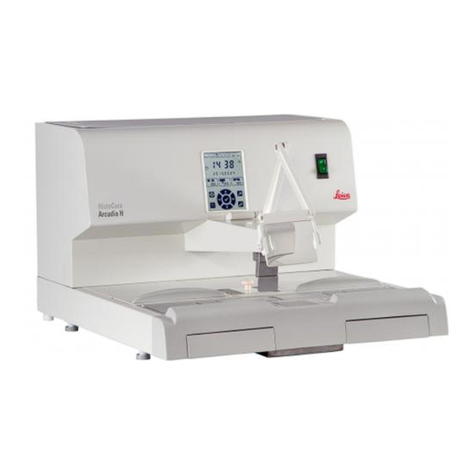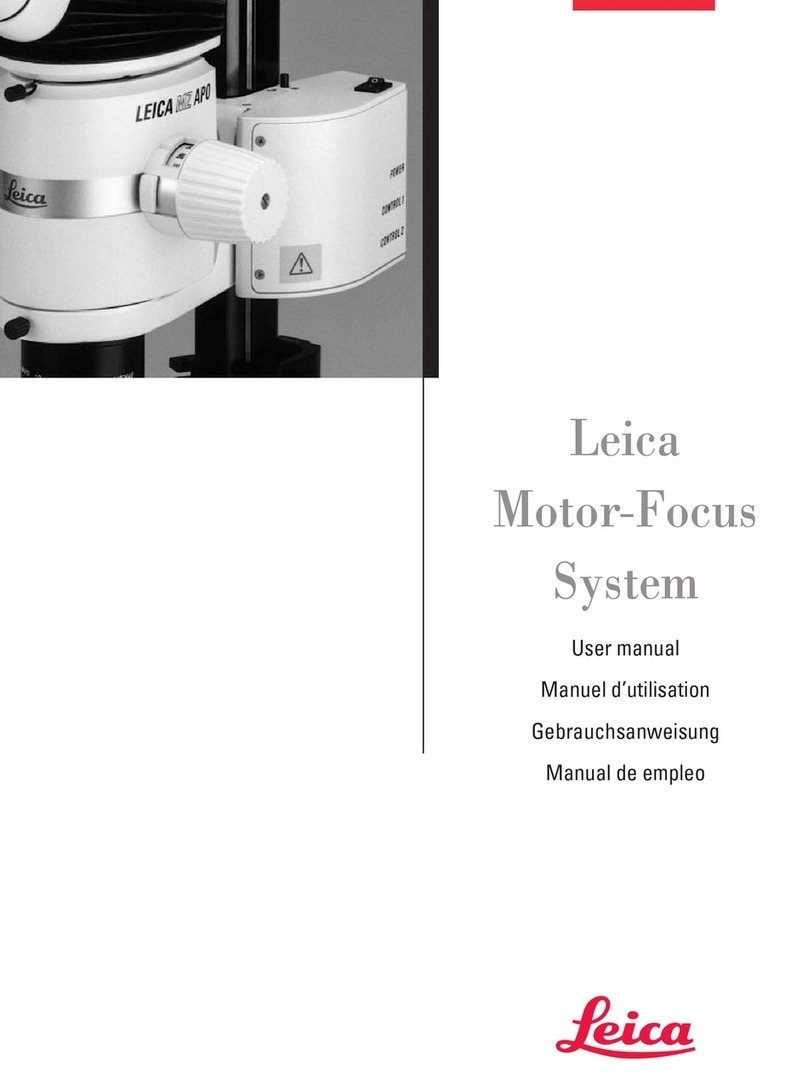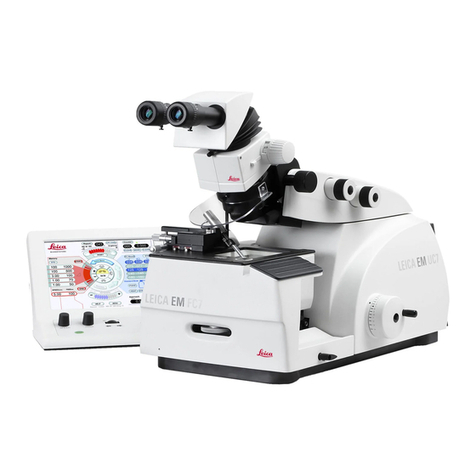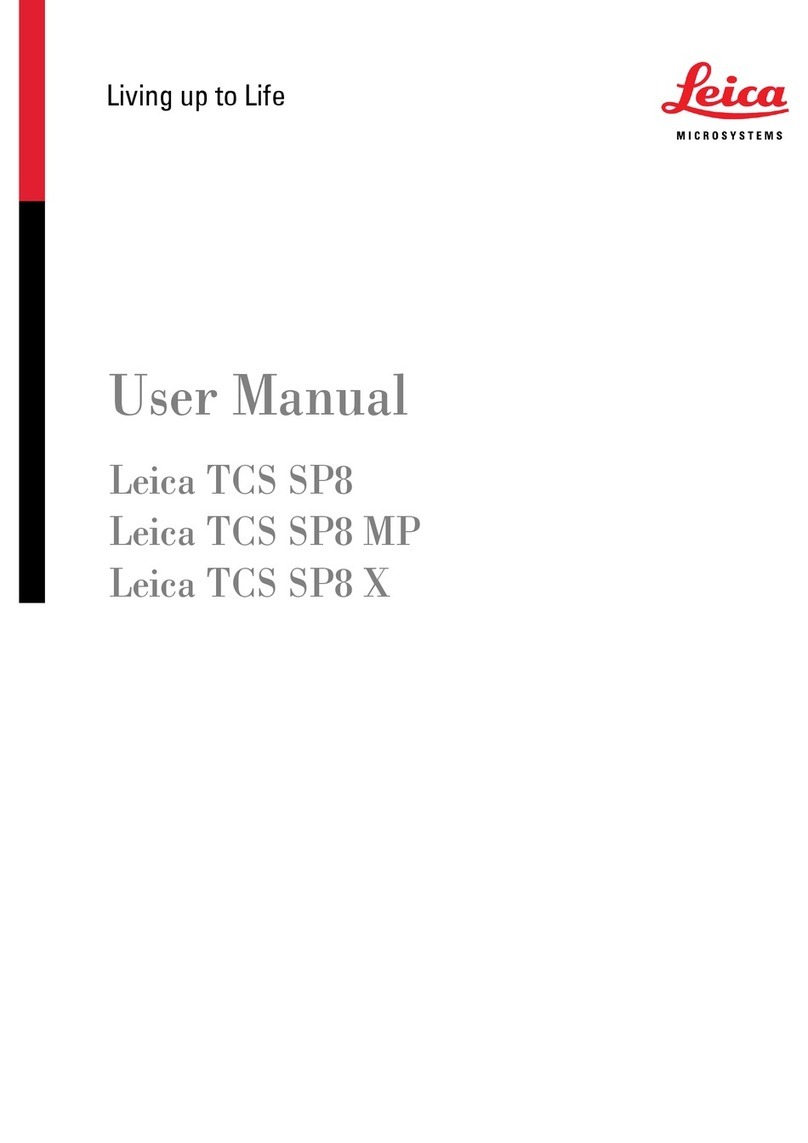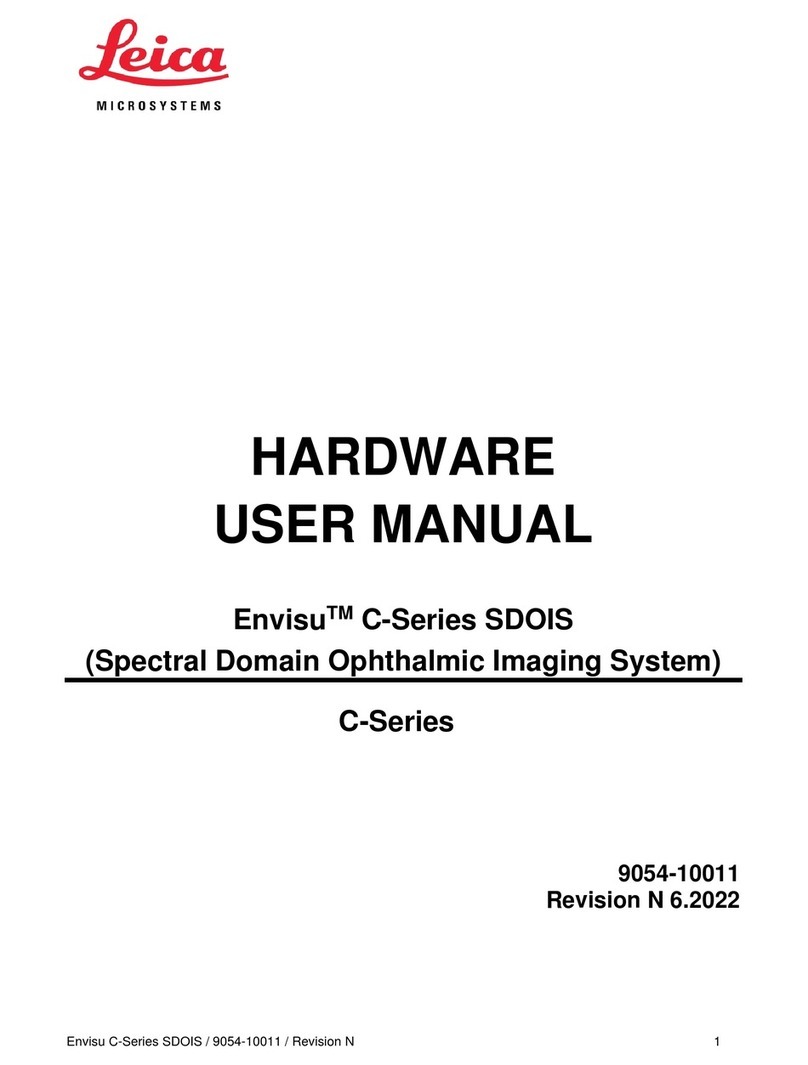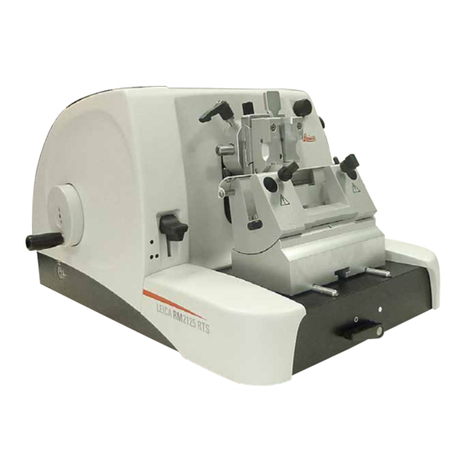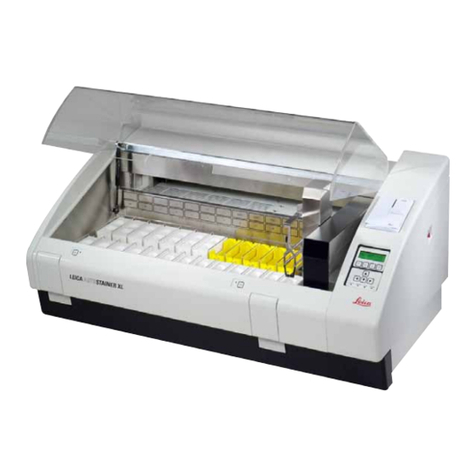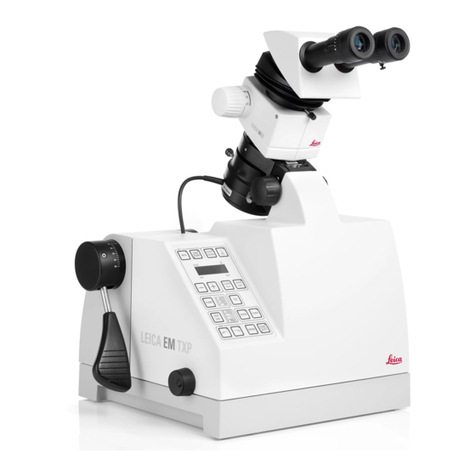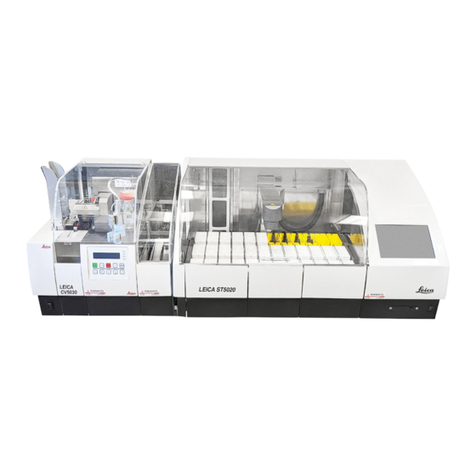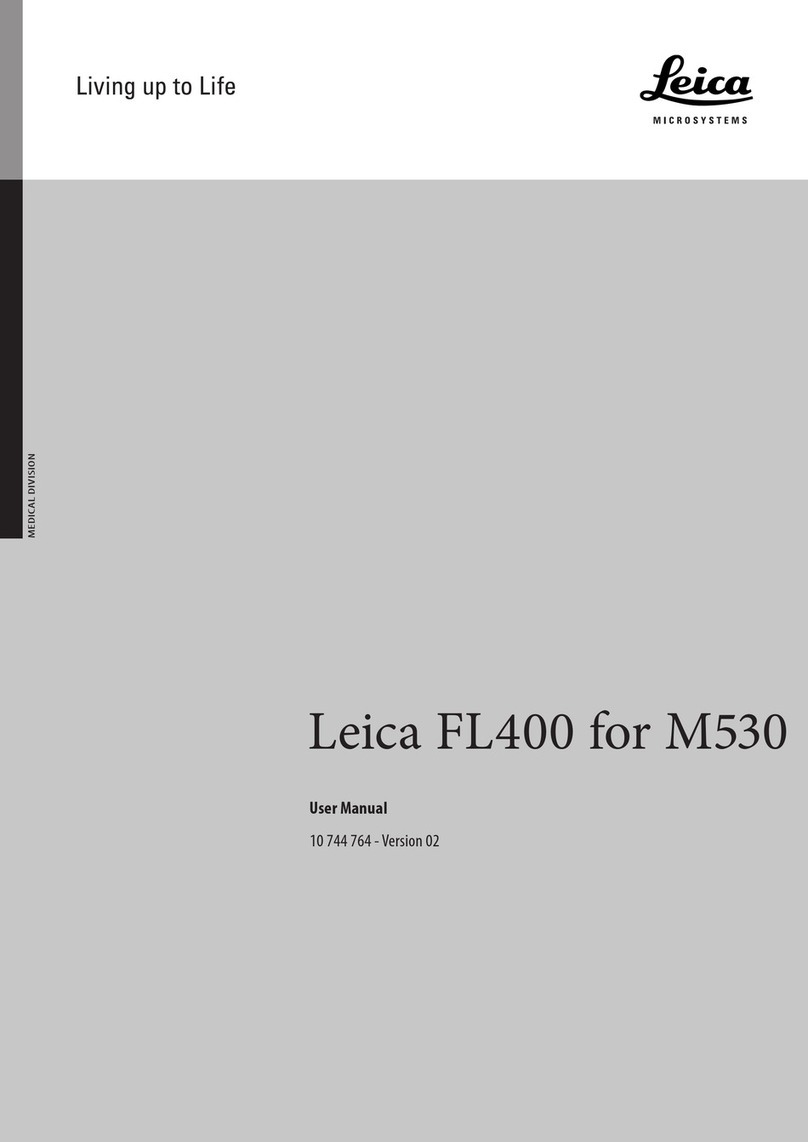
4Version 2.1, Revision N
Table of Contents
1. Important Information ................................................................................................................................ 6
1.1 Symbols in the text and their meanings....................................................................................................... 6
1.2 Instrument type................................................................................................................................................ 7
1.3 Qualification of personnel.............................................................................................................................. 7
1.4 Intended use of the instrument ..................................................................................................................... 7
2. Safety and Design....................................................................................................................................... 9
2.1 Safety notes...................................................................................................................................................... 9
2.2 Warnings........................................................................................................................................................... 9
2.3 General safety notes..................................................................................................................................... 10
2.4 Unpacking and installation........................................................................................................................... 10
2.5 Safety devices................................................................................................................................................ 13
2.6 Securing/locking the handwheel................................................................................................................ 14
2.7 Cleaning, disinfection – Turning the instrument back on ....................................................................... 15
2.8 Handling specimens – Defrosting............................................................................................................... 16
2.9 Removing the microtome.............................................................................................................................. 16
2.10 Maintenance .................................................................................................................................................. 16
3. Technical Data .......................................................................................................................................... 17
4. Standard delivery...................................................................................................................................... 21
5. General Overview..................................................................................................................................... 24
5.1 Control panel fields and cryostat chamber............................................................................................... 25
6. Installation ................................................................................................................................................. 26
6.1 Site requirements .......................................................................................................................................... 26
6.2 Transport to the site...................................................................................................................................... 26
6.3 Installing the handwheel.............................................................................................................................. 28
6.3.1 Locking/unlocking the handwheel.............................................................................................................. 29
6.3.2 Installing the footswitch dummy (instruments with cutting motor) ...................................................... 30
6.4 Electrical connection.................................................................................................................................... 30
6.5 Installing accessories/inserting chamber accessories.......................................................................... 31
6.5.1 Installing the adjustable footrest (optional) .............................................................................................. 31
6.5.2 Installing the storage systems (optional)................................................................................................... 32
6.5.3 Shelf, movable (optional).............................................................................................................................. 32
6.5.4 Inserting the section waste tray ................................................................................................................. 33
6.5.5 Installing the heat extractor, stationary (optional) .................................................................................. 33
6.5.6 Installing the knife/blade holder and adjusting the clearance angle ................................................... 34
6.5.7 Inserting/changing the bacteria filter ........................................................................................................ 35
6.5.8 Assembling the filter bag.............................................................................................................................. 35
6.5.9 Installing the section extraction (optional) – Use with blade holder CE only...................................... 36
7. Instrument Controls .................................................................................................................................. 38
7.1 Control panels on the Leica CM1950.......................................................................................................... 38
7.1.1 Control panel 1 ............................................................................................................................................... 38
7.1.2 Control panel 2 – Electric coarse feed, sectioning and trimming thickness ....................................... 40
7.1.3 Control panel 3 – Motorized sectioning (optional)................................................................................... 42


